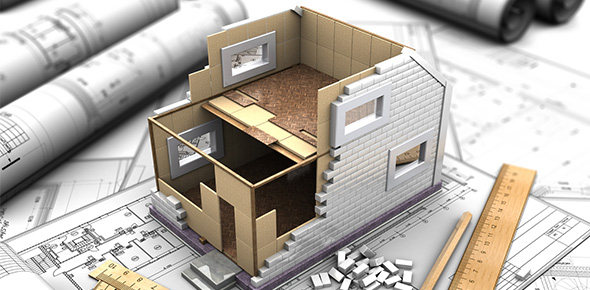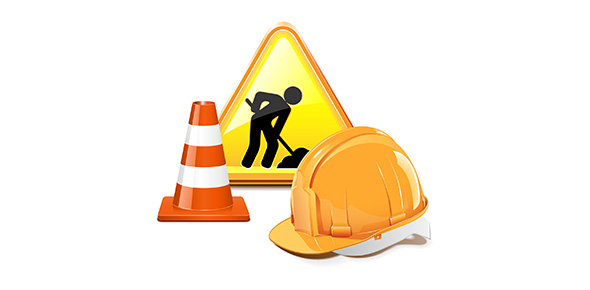|
Front
|
Back
|
In the SDLC, what are the 2 informational phases?
|
- Systems analysis: information is gathered, sorted, and evaluated
- Systems design: information is combined and reduced to program specifications for the developers
|
Describe the systems analysis phase
|
- identifying a system’s functional requirements — in other words, what the system should do
- What data is required in system
- What processes the system needs to support
- Use gap analysis
|
|
|
Compare current and future states
|
What are the 3 sub-phases of the analysis phase?
|
- Compare current and future states
|
What are the 3 sub-phases of the analysis phase?
|
- Requirements gathering
- Requirements structuring process
- Generation and selection of alternative design strategies
|
Describe the Design Phase
|
- Take specifications and convert it into a way that developers can understand
- “determining the materials needed to build”
- Design strategy includes:
- File and DB design
- Program design
- Network design
- Platform design
- User interface design
|
|
|
- Study existing systems
- Document business requirements & detail design of new system
- Assist with creation of gap analysis
|
What are the 3 types of modelling?
|
- Processing modelling
- Data modelling
- Logic modelling
|
What is the difference between logical and physical models?
|
Logical models: process, data, and logic - Visually document logical requirements of a proposed system
- No reference to the physical needs of HW or SW
Physical models - they are not a significant focus of this course.
- document the current system, including all implementation-specific information (operating systems, databases, data types, program languages, program interfaces, etc.)
|
What are benefits of using logical models?
|
- They remove biases resulting from the existing implementation of the current system and help to direct creativity toward the requirements of the future system.
- They reduce the risk of missing business requirements by better analyzing the requirement for completeness, accuracy, and consistency.
- They can be used as a form of non-technical communication between project team members and management.
|
Regarding systems requirement, what is the information that is required in the SDLC approach?
|
- Information about processes (what does the system have to do?)
- Data and information used and produced by the system (inputs and outputs)
- Policies or rules embedded in the system (i.e. what is the criteria for setting an A credit rating)
|
What are the 5 steps to determine system requirements?
|
- Documenting the current system (its processes, data, and logic)
- Analyzing problems with the current system and/or opportunities for improvement
- Establishing objectives for the new system and constraints Performing a gap analysis between the objectives of the new system and the realities of the current system
- Documenting the proposed new system to achieve the objectives outlined
|
As it relates to system requirements, discuss… Documenting the current system (its processes, data, and logic)
|
- Visually represent both old and new system
- Techniques you can use (Case diagrams, data flow diagrams, entity relationship diagrams, structured English, and decision tables and trees)
|
As it relates to system requirements, discuss… Analyzing problems with the current system and/or
|
Tool to identify problem area is called the PIECES framework - Performance — This refers to technical performance such as throughput and response time. Information — This includes problems with what data are collected or not collected and how they are stored, as
- well as the information outputs of the system and whether they provide the needed support to the organization.
- Economics — The costs of supporting the system may be too high or there may be opportunities to generate new revenue through a different approach.
- Control — Inadequate controls for data integrity, security, and privacy are critical problems for the organization and can require changes to systems.
- Efficiency — This relates to the efficiency of human processes (for example, the number of steps to complete a task) and the efficient use of organizational resources (such as supplies).
- Service — This may include problems of consistency and reliability, ease of use, flexibility, compatibility, and integration with other systems.
|
As it relates to system requirements, discuss… Establishing objectives for the new system and constraints
|
- After looking at what is wrong with old system, you know what you need with new system
Objectives can include things like:- Integration with legacy systems- Back-office integration with e-commerce web- Ability to support a SOA framework - Improved customer service
- Website/CRM integrationConstraints fall into 3 categories (tech, resource, physical); includes things like:- Limit on implementation time (resource)- Allocated budget dollars (resource) - Access to needed resources (resource)
- Restrictions on the sequencing of tasks (technological)
|







